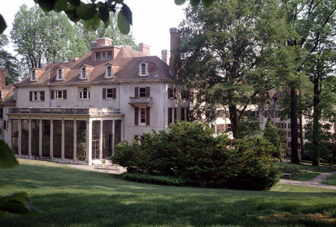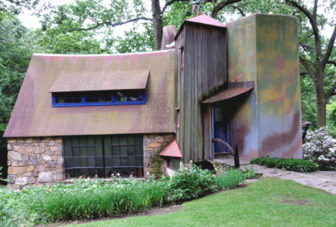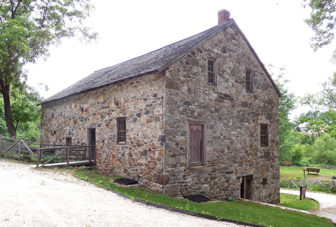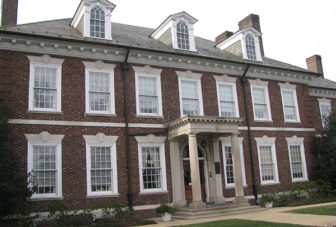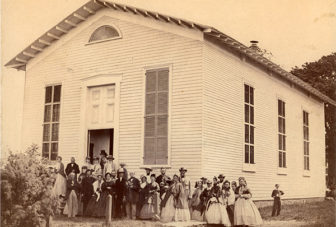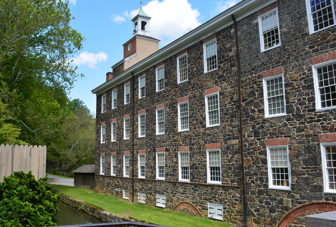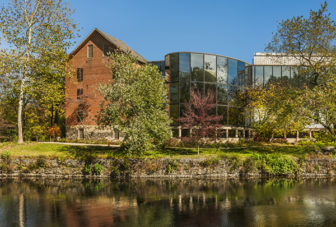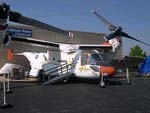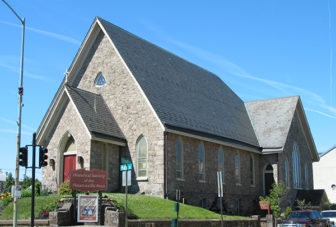
The Historical Society of the Phoenixville Area
Founded in 1977, the Historical Society of the Phoenixville Area promotes the rich heritage of the Phoenixville community and is a repository for artifacts, documents and photographs of that heritage. Located in the former Central Lutheran Church (1872) at Church and Main Streets in Phoenixville, the society operates a museum and research library. Among permanent exhibits are Native American artifacts, early maps and pictures of the area, boat models and other artifacts related to the Schuylkill Canal, Etruscan Majolica pottery made in Phoenixville in the late 19th Century, and an extensive exhibit tracing the growth of the iron and steel industry in Phoenixville. The research library contains books, documents and photographs related to the history of people, places, organizations and businesses in the community. The Museum and Library are open to the public Wednesdays and Fridays, 9 AM to 3 PM, the first Sunday of the month, 1 to 4 PM, and also by appointment.

